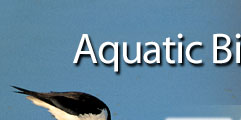 |
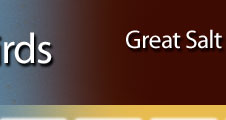 |
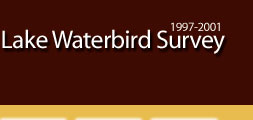 |
||||||||||||
 |
 |
 |
 |
 |
 |
 |
 |
|||||||
Wood Duck (WODU)
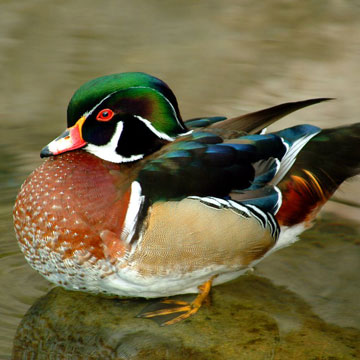 |
|
In preparing the Great Salt Lake Waterbird Survey Five-Year Report (1997-2001), 21 species were excluded from analyses due to a small data set (<90 for a five-year average of survey period means for selected months during which the species is present in abundance within the GSL survey area). This decision does not necessarily mean the GSL ecosystem is not important to these species. Some species occur within the ecosystem but are not present in significant numbers: great egret, cattle egret, wood duck, common merganser, red-breasted merganser, semipalmated plover, spotted sandpiper, whimbrel, red knot, semipalmated sandpiper, and stilt sandpiper. Other species occur in abundance but peak outside the April-September survey window: snow goose, tundra swan, ring-necked duck, and Bonaparte’s gull. Still other species are present during the survey period, but their population is secretive and poorly understood, because the survey methods employed in this study inadequately accounted for their presence: Virginia rail, sora, and common snipe. Additionally, some species may be abundant, but due to their association and resemblance to closely related and much more abundant species, surveyors could easily miss them: Clark’s grebe, greater scaup, ring-necked duck (again), and Barrow’s goldeneye. Many other species are likely underrepresented and survey numbers for these species should be considered very conservative. Limited time and large flocks hinder identification of individual species and often surveyors resort to clumping species into certain categories: unidentified grebes (western and Clark’s) become WCGR; unidentified ducks become DUCK; unidentified sandpipers (Baird’s, least, semipalmated, and western) become PEEP; unidentified phalaropes (red-necked and Wilson’s) become PHAL; unidentified yellowlegs (greater and least) become UNYE; and unidentified gulls (California, ring-billed, Franklin’s, Bonaparte’s, etc.) become UNGU. Additional species are underrepresented because they inhabit areas outside the GSL Waterbird Survey either temporally or spatially. Snow goose, tundra swan, and ring-necked duck are mentioned above, but also eared grebe, long-billed curlew, red-necked phalarope, and Wilson’s phalarope numbers are significantly undercounted. Other surveys within the GSL ecosystem account for larger population sizes of some of these species. |
Areas of Importance by Survey Period
(Distribution of WODU and all ducks)
(Note: The following distribution charts represent the combined survey of all ducks: AGWT, AMWI, BAGO,
BUFF, BWTE, CANV, COGO, GADW, GRSC, LESC, MALL, NOPI, NSHO, REDH, WODU)
|
Numbers of DUCKS
|
Period 1: April 6-15
|
Period 2: April 16-25
|
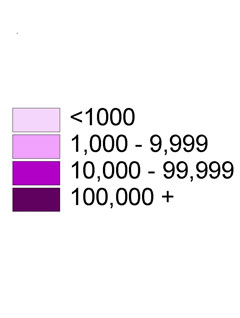 |
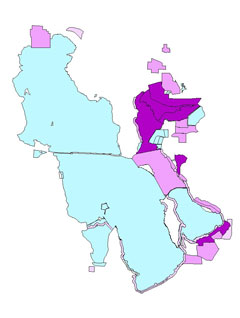 |
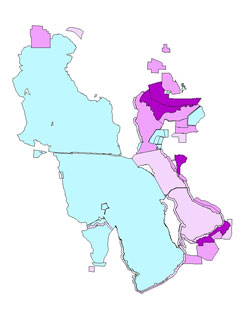 |
|
Period 3: April 26-May 5
|
Period 4: May 6-15
|
Period 5: May 16-25
|
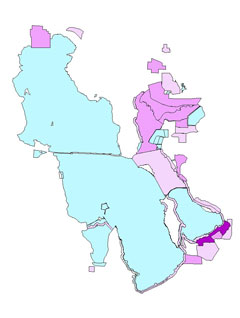 |
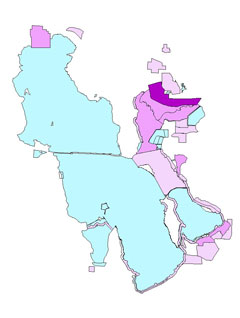 |
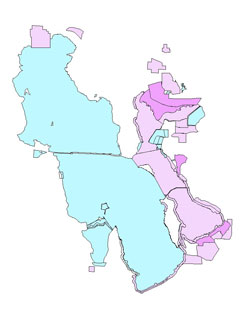 |
|
Period 6: May 26-June 4
|
Period 7: June 5-14
|
Period 8: June 15-24
|
 |
 |
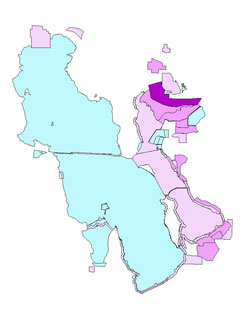 |
|
Period 9: June 25-July 4
|
Period 10: July 5-14
|
Period 11: July 15-24
|
 |
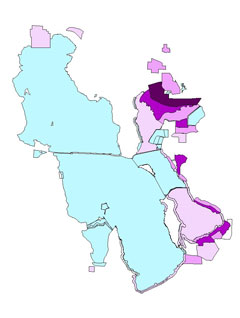 |
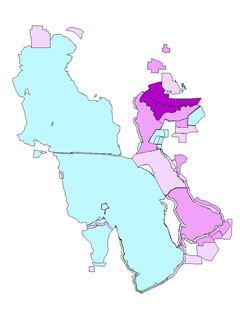 |
|
Period 12: July 25-Aug 3
|
Period 13: Aug 4-13
|
Period 14: Aug 14-23
|
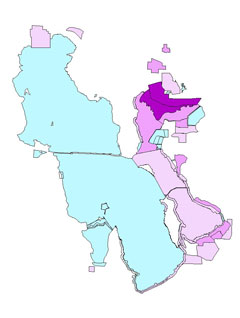 |
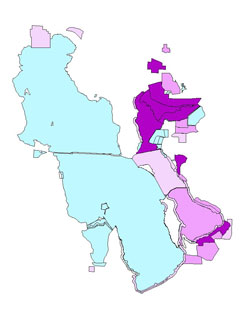 |
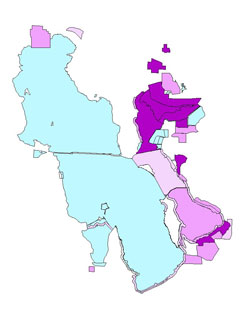 |
|
Period 15: Aug 24-Sep 2
|
Period 16: Sep 3-12
|
Period 17: Sep 13-22
|
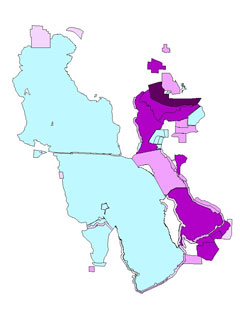 |
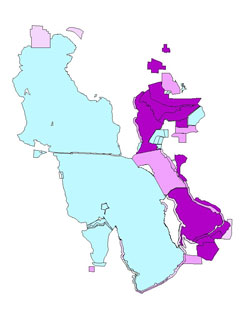 |
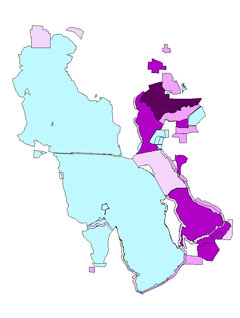 |